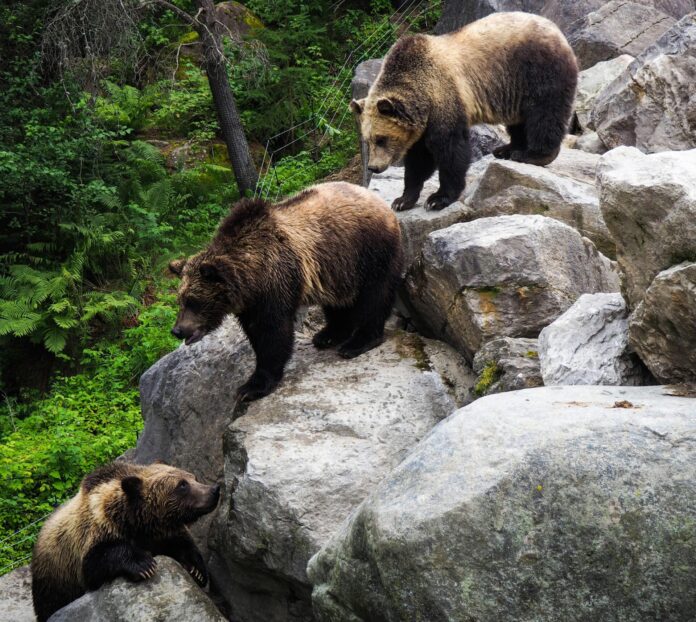Most people think of hibernation as a type of long winter nap for animals – but when digging a bit deeper, this fascinating phenomenon turns out to be much more complex than that. So, what exactly is hibernation, and how do animals endure the challenges it presents? Let’s explore.
Nature’s Survival Strategy
In its essence, hibernation is a survival strategy where metabolism is reduced to a minimum, breathing becomes shallow, and body temperature plummets. It’s meant to allow animals to conserve energy during particularly cold periods or when food is scarce. During the hibernation period, animals survive relying solely on stored fat reserves.
Near-Death Experience
One of the most amazing aspects of hibernation is how minimal animals’ bodily functions can get without them dying as a result. The average body temperature of a hibernating animal is around 32° F, which is as close to death as it gets, and its heart rate is so slow that it’s nearly unnoticeable.
Different Hibernators
While many associate hibernation solely with mammals, a diverse array of creatures, including reptiles, insects, and even bees, partake in this seasonal dormancy. However, bears do stand out as the quintessential hibernators.
Human Intrusion
One of the key challenges faced by modern hibernators is us humans. Practices like factory farming and deforestation disrupt some hibernation habitats, jeopardizing nature’s balance.












